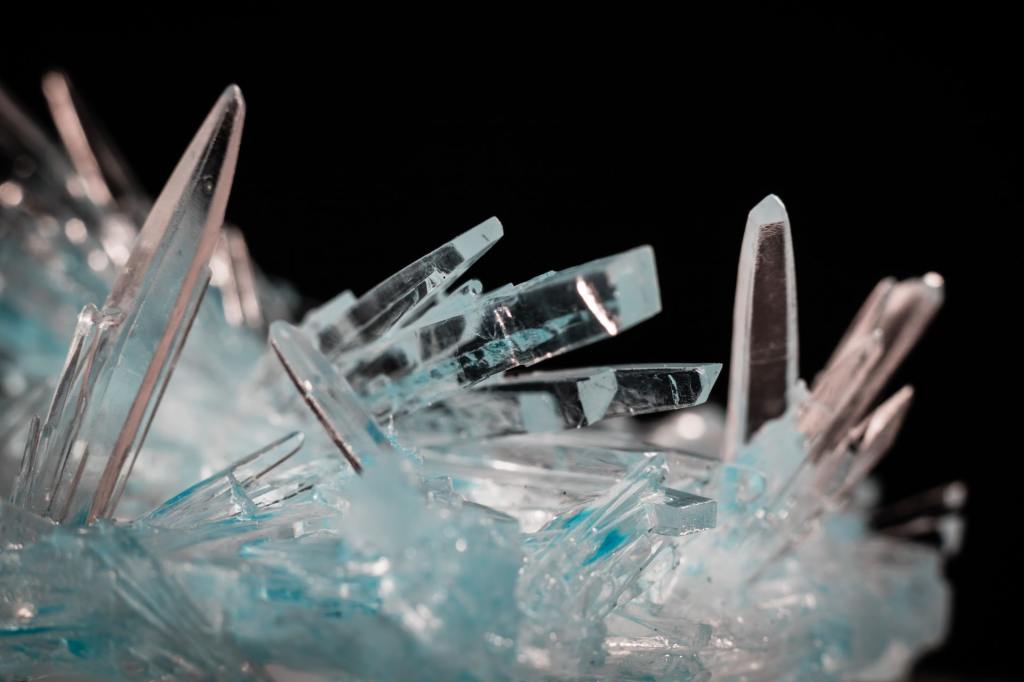
The salt on your table and the diamond in your ring: what do they have in common? They’re both minerals. Whether common and cheap, or rare and expensive, minerals have been a part of human culture from our earliest beginnings. Collectors have valued Egyptian lapis jewelry, Maya malachite masks, and Chinese jade pendants for generations.
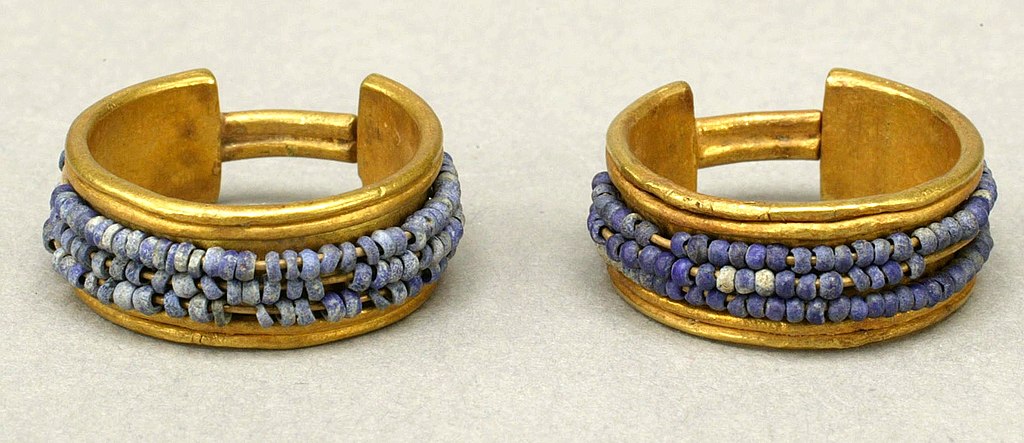
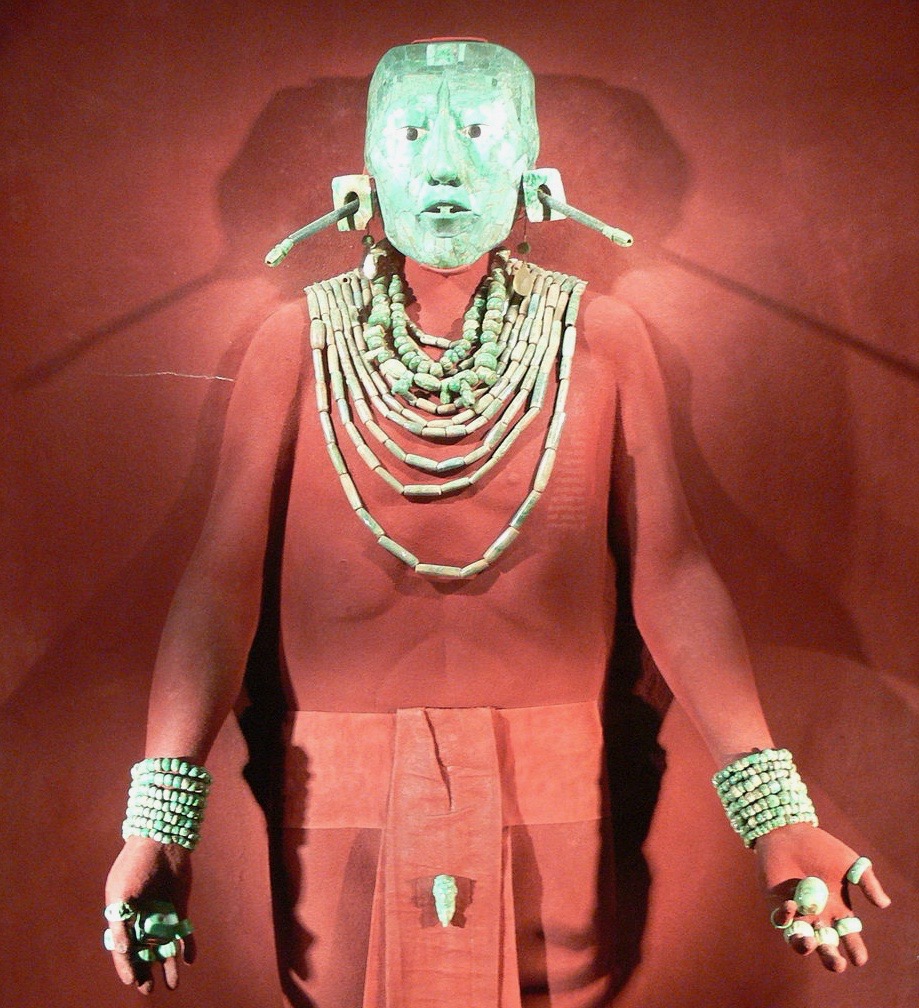
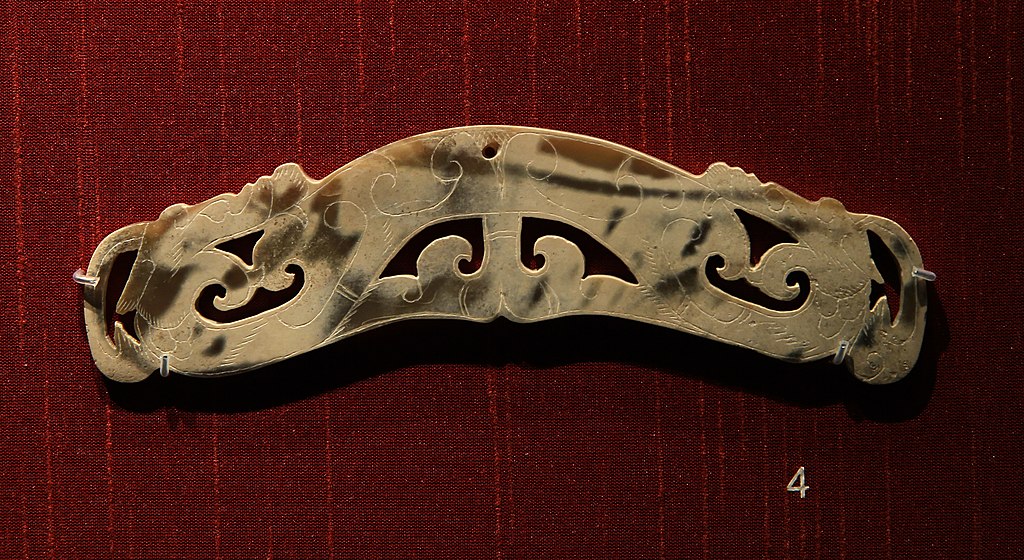
We’ve always been attracted to the exceptional things that nature creates. That’s why they end up in museums like the Hillman Hall of Minerals and Gems at the Carnegie Museum of Natural History in Pittsburgh, Pennsylvania.
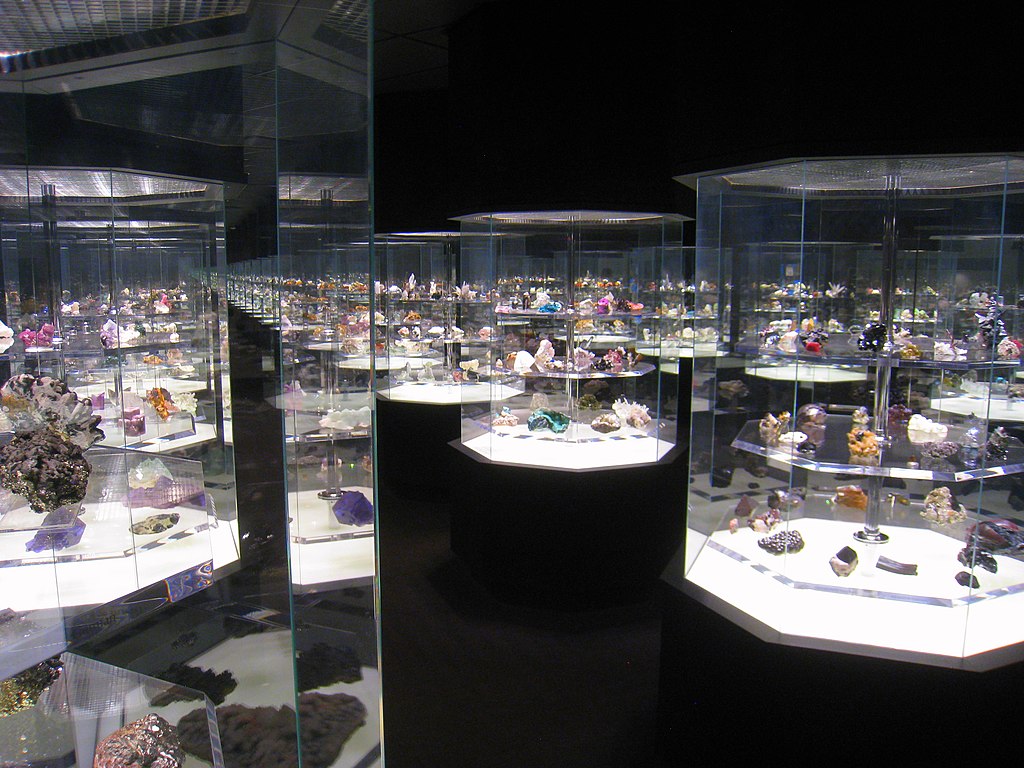
“All art is an imitation of nature.”
The Roman philosopher Seneca

And with its kaleidoscope of colors, shapes, and textures, there is no better place to prove this point than the Hillman’s extraordinary collection of minerals and gemstones. A highlight of the collection features fantastic cubes of hot pink rhodochrosite on a bed of snow white quartz.
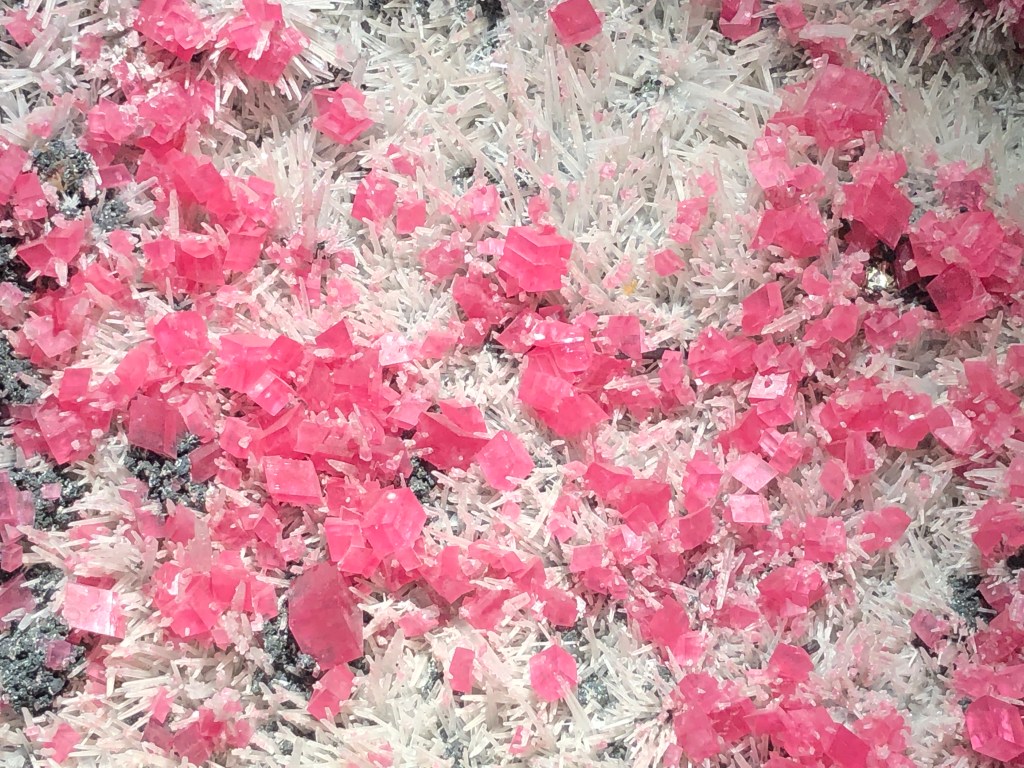
At last count there were roughly 5,000 different minerals – plus the two new ones recently discovered in a massive meteorite which crashed to earth in Somalia in 2020. There are a few common minerals that are easily recognized, but the incredible variety can make identification difficult. However, you don’t have to be a mineralogist to appreciate this remarkable demonstration of nature’s power to Wow! us.
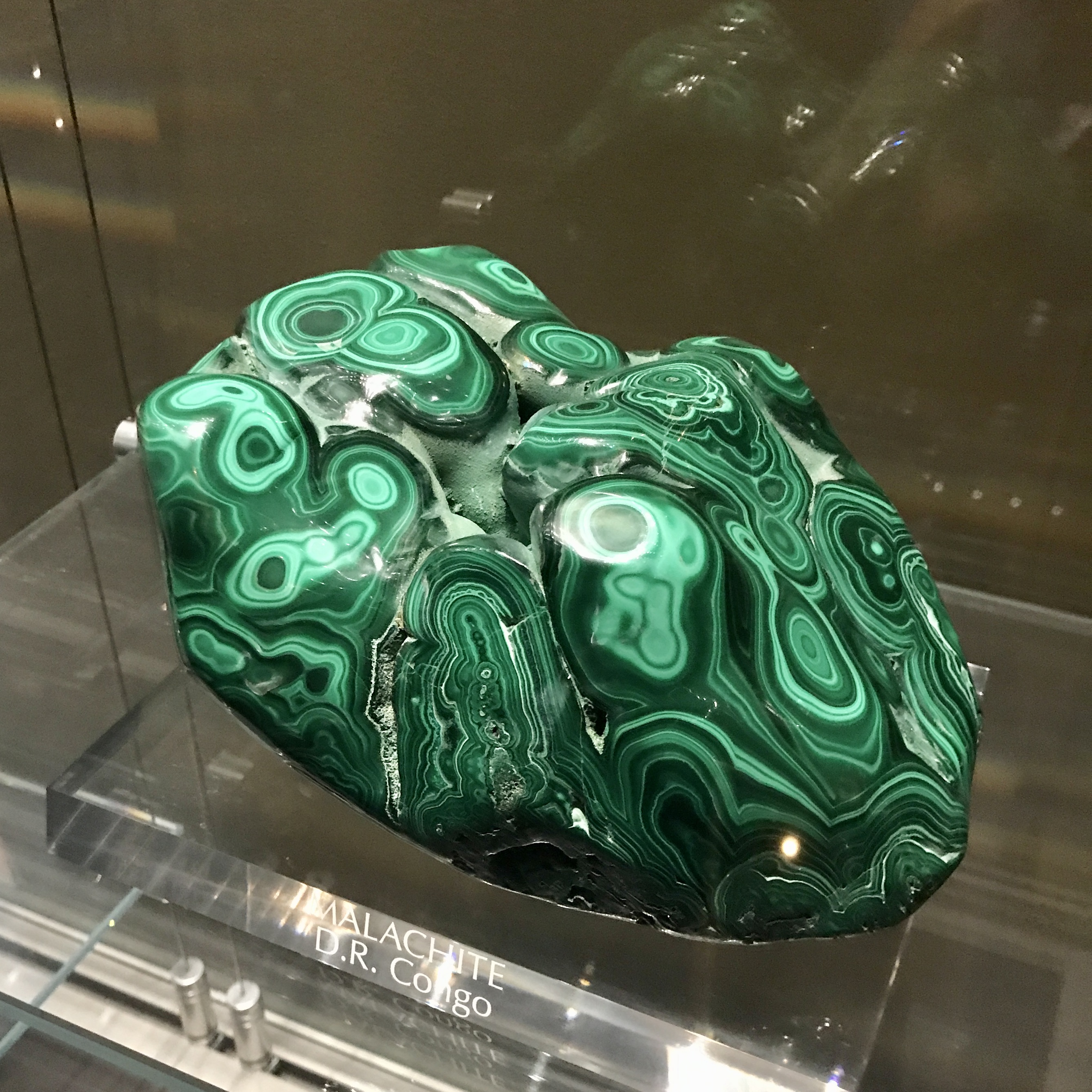
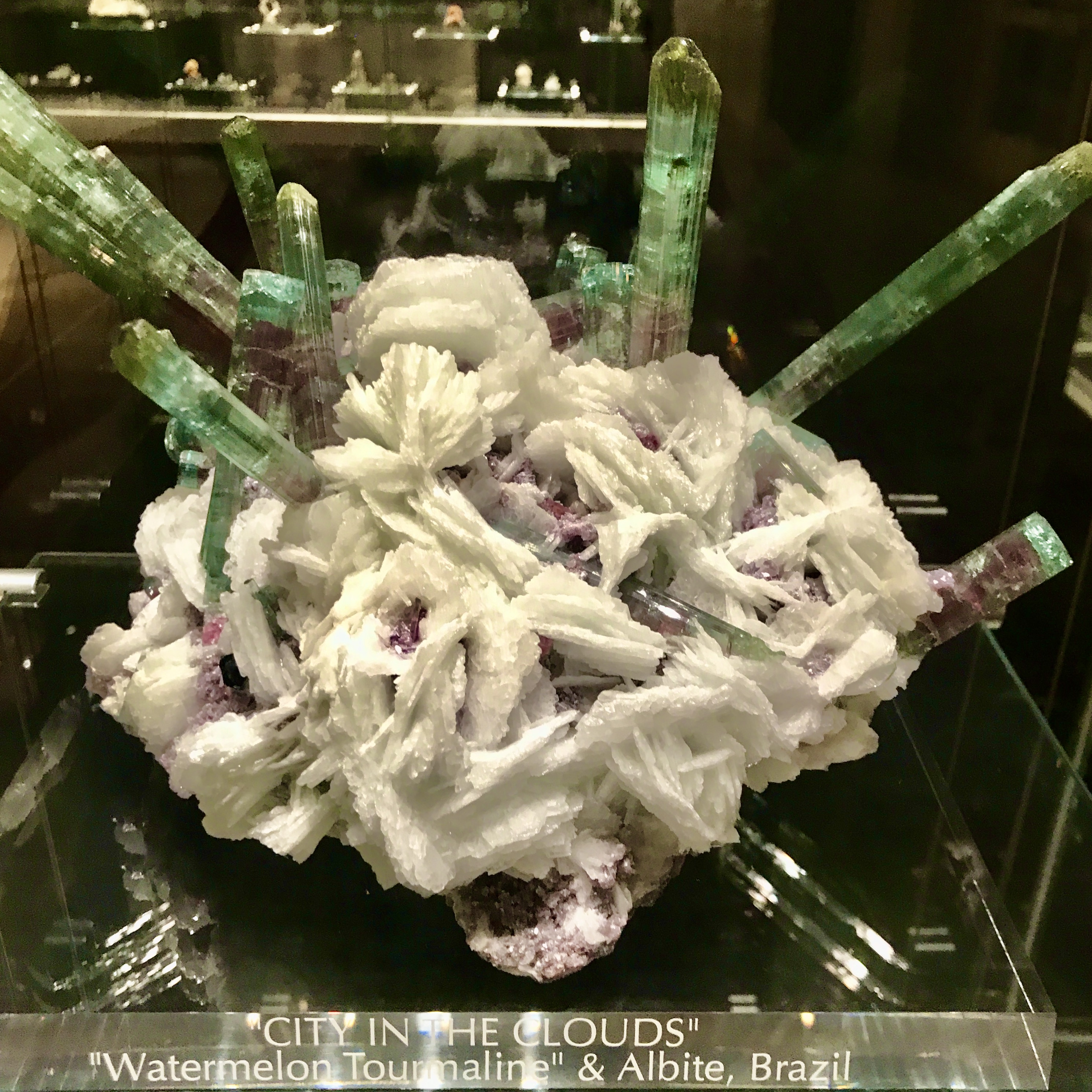

And given the sheer number of minerals, no discussion would be complete without touching on how the sometimes wacky names are picked. The International Mineralogical Society is the organization that rides herd on new mineral names, and a customary convention is to name minerals after where they were found or by whom. For example, the mineral andesine is named after the Andes Mountains where it was discovered, and adamite is named after Gilbert Adam, the discoverer. But sometimes the geeks in the lab let their creative juices flow, and we end up with minerals like eurekadumpite, moolooite, goosecreekite, and the bordering-on-rude dickite. Nerds abide I guess.
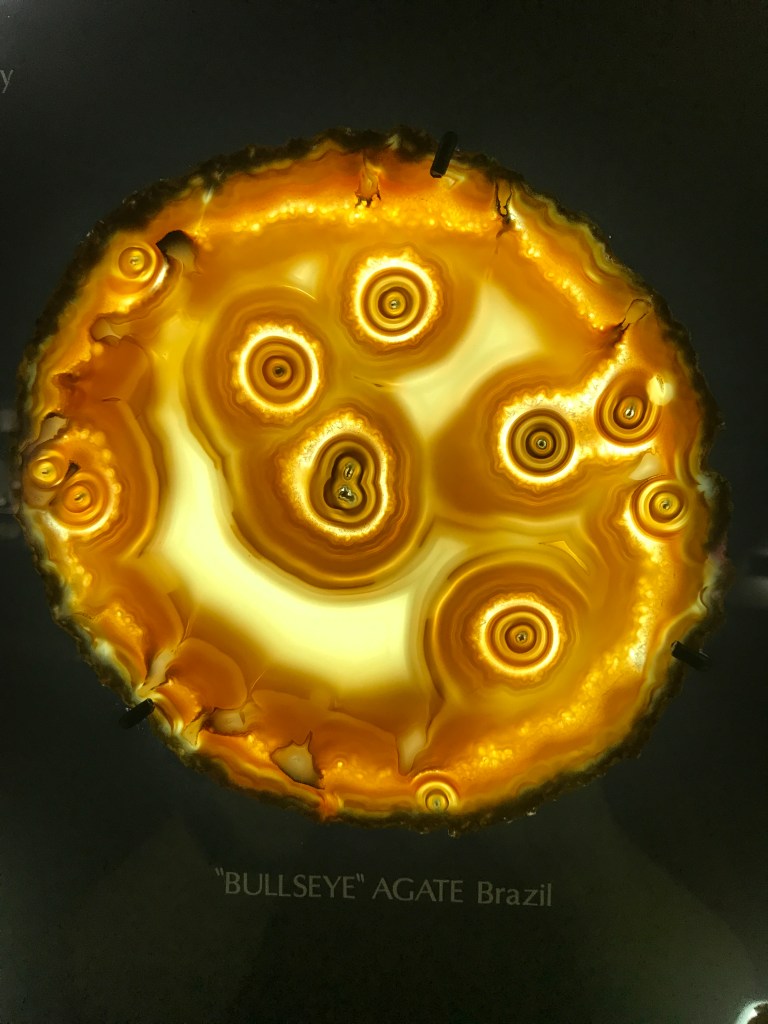
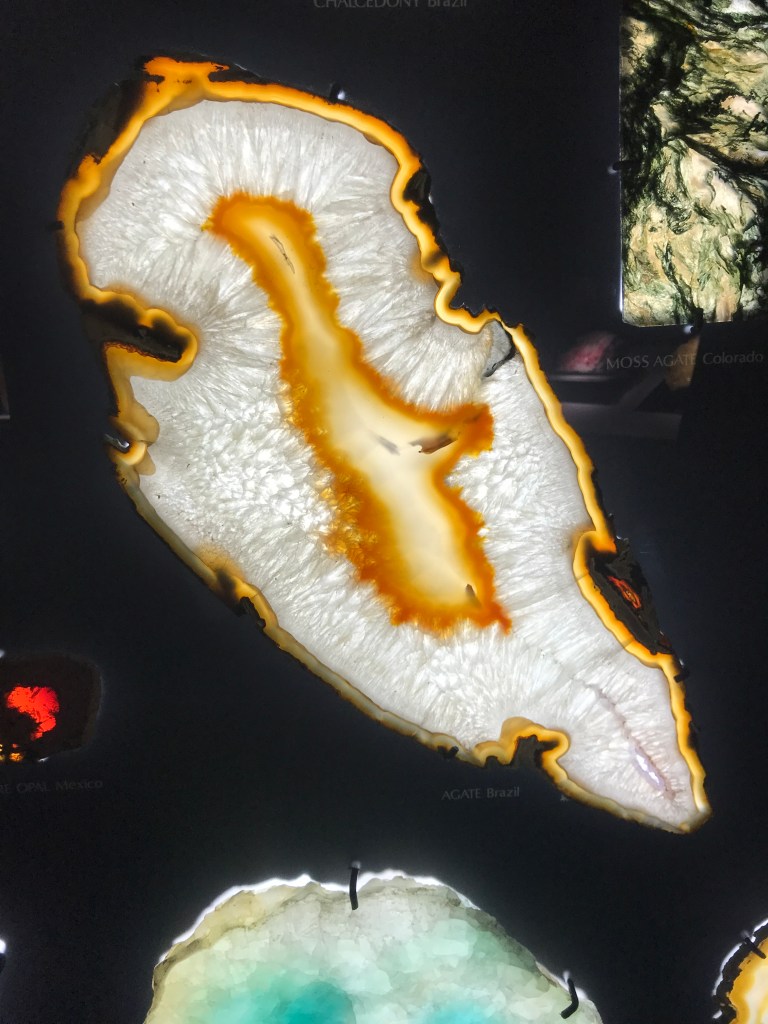
I’m straying a bit geographically from Pittsburgh, but I couldn’t leave this post without including this astonishing photo. These are crystals of the mineral gypsum from the Cueva de los Cristales in Chihuahua, Mexico. For scale, check out the spelunker in the lower right corner – and this is not photoshopped!
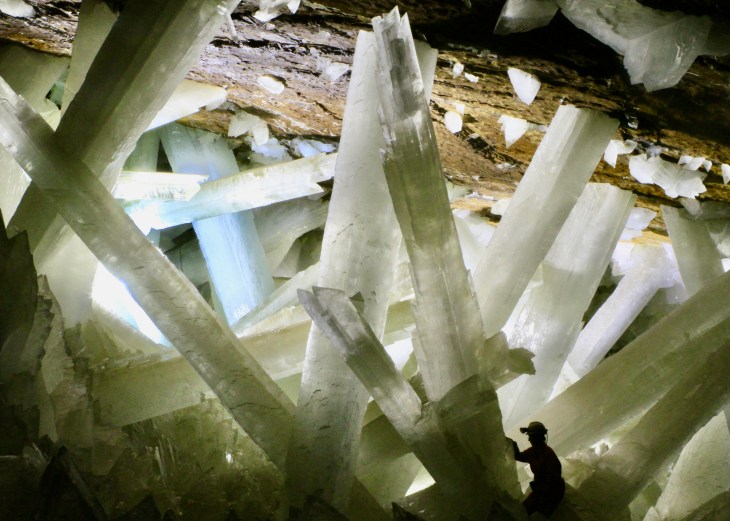
Minerals give Mother Nature a chance to strut her stuff. And if you want to see this fancy dance stop by the Hillman Hall of Minerals and Gems if you happen through Pittsburgh.
Happy Trails,
James & Terri
P.S. For those who want to dig a bit deeper into the science, the National Park Service is a good place to start.
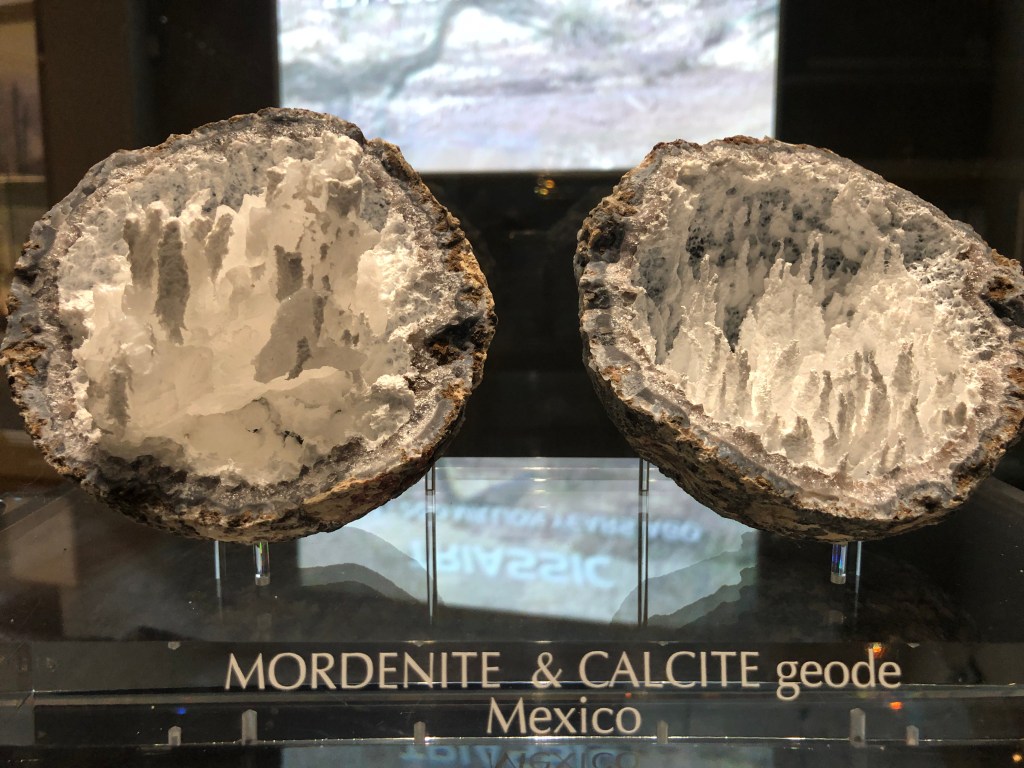
Photo Credits: 1. Jason D
That gypsum looks straight out of a sci-fi movie!
I agree Yvonne. It brings to mind one of my childhood favorites “Journey to the Center of the Earth.” Nature is a wondrous thing. ~James
Those are great photos.
We used to enjoy going to see the Hall of Geology, Gems and Minerals in Washington, D.C. when we lived there. Now that we are an easy day’s drive of Pittsburgh, this will definitely go on our list of places to see.
Thanks Ray. The excellent minerals exhibit was icing on the cake for us. The main reason we visited the Carnegie Natural History Museum was for the Dinosaur/Cretaceous Hall exhibit (which you’ll hear more about later). It’s one of the best collections I’ve seen and certainly worth a visit. ~James
There are some beauties, aren’t there? All the best to you both for the festive season.
Jo, I know a bit about mineralogy, and realizing all the conditions that must come together at the right place and time to produce these fantastic minerals makes them even more gorgeous. The holiday is cranking up here and after our year we’re ready for it. Happy Holidays to you as well. ~James
🤗🎄☃️❤️
Fascinating! Even as children, we used to find quartz and other minerals in our badlands. We would make displays and charge other family members to look at them! I would love this.
Darlene, this is a delightful story that tugs at my rockhounder’s heartstrings. As you discovered, the badlands are a dandy place to look for minerals. The big variety of specimen and the lack of vegetation make it prime territory. Also, there are a ton of quartz-based minerals. ~James
We found some great things, fossils, arrowheads and of course minerals. Too bad we didn’t save them. It was a great place to grow up!
Wow I never would have considered going to a minerals museum but you may have just changed my mind 😊 Maggie
Maggie, being a geologist certainly makes me biased, but I believe you can’t go wrong in a minerals museum. Given how brown and grey most rocks are, a good collection of minerals is eye-candy of the first order. ~James
That’s exactly what I was going to say! And this museum is in my hometown, where we are headed for the Christmas season, so I may have to organize a family outing there!
Good idea Lexie, and if you hear any “No Way Jose” you can just show them this post. 😉 Also, you probably know the Carnegie Nat History museum well but in case you don’t, the Cretaceous Hall/dinosaur exhibit is also excellent. It’s one of the best I’ve seen. Any kiddos in the crowd will definitely enjoy it. Happy Holidays. ~James
THAT one is an old fave!
Stunning photographs – thank you!
Thanks Pam. In my experience taking good photographs in museums with glass display cases is problematic. I’m sure the collection designers are more interested in the public being able to see the exhibit rather than photograph it so they don’t worry much about reflections. But, the Hillman display lighting seemed to be work just fine. It really was an outstanding collection. ~James
You are right – it is quite challenging! That collection is just stunning. I haven’t seen that much since the Smithsonian. Thank you!
Wow, incredible collection! I love that the patterns can be sharp and jagged or smooth and swirly.
Thanks for the comment Diana and for dropping by the blog. Many of these minerals have complex compositions and it only takes a small tweak in components to make major changes in color, texture, and form. And you’re right, the patterns are very cool. It’s a good thing the samples are in cases because touching the delicate ones is almost irresistible. ~James
Wow! Such beautiful creations! Thank you for sharing these amazing works of art! And now I would definitely love to visit that museum, as well, and will have to do so in the near future!
Anita, as I said to someone else, the main reason we visited the Carnegie Natural History Museum was for the Dinosaur/Cretaceous Hall exhibit (one of the best I’ve seen). The excellent minerals exhibit was just a bit of “lagniappe”. There’s lots to see so plan a fun day there. I hope you get a chance to visit. ~James
Thank you, James! That is also good to know! We may try to visit next year! Thanks for all the great info! Happy Holidays!
And Happy Holidays to you as well.
Such incredible mineral crystals! Some even look otherworldly, both literally and figuratively. The first time I learned about those giant crystals in Mexico was from a National Geographic magazine that I bought when I was in college. Truly spectacular!
Bama, I assume you also read how hellishly hot this gypsum mine is, apparently a result of being within a mile of a large magma chamber. Given enough time and the right conditions, Mother Nature can accomplish just about anything. What an unusual but interesting place. ~James
Wow what a collection! And such interesting info, thanks for sharing. Expensive or not, I remain in awe of nature…
Elaine, as I said to another commenter, given enough time nature can achieve just about anything, and these accomplishments certain deserve our awe. ~James
Yes and nature certainly showed us who’s boss during the COVID lockdown! It was delightful to observe the positive effects…
Wow 5,000 different minerals is a lot. I had no idea there were so many. The variety of colours and shapes is mind blowing. Beautiful photos and very interesting article.
Gilda, many of these minerals have complex components and it only takes a minor tweak of ingredients to make a new mineral. And of course, it gets a new name. I hope all is well with you and Brian and that you have a wonderful holiday. ~James
I tend to forget about the beauty of minerals until I bump into them again — as in this post. My heavens, these are beautiful. I had friends who used to trek out to New Mexico or Arizona every year for a gem and mineral show; one of my most cherished possessions is a huge Louisiana soapstone carving they gave me: boars running through a landscape, done in a Chinese style.
I once sailed a Hans Christian named “Malachite” — you can guess the color of the hull. And in the Arkansas quartz county, I once came across a huge quartz crystal mounted as a headstone in a cemetery. You just never know!
Linda, you mentioned a couple of things that struck home. We’re big fans of malachite. Years ago we visited Mombasa and the local market had tons of carved malachite. We bought a couple of pieces that, even with all our downsizing, we still have today. And anything that has made that many cuts in special.
Also, years ago (seems I’m using that phrase more and more these days) we visited the Arkansas “Diamond” Mine you mention. We didn’t find diamonds but we did find a couple of nice, 2 inch quartz crystals and both got a ferocious sunburn to remind us to always use sunscreen. Hope all is well with you and all the best for a relaxing and peaceful holiday. ~James
Gorgeous and fascinating! So much wonder right here on earth!
Rusha, Bless your heart for reading another of my geology posts. You’ve been around for a while so you know I publish one of these geeky posts from time to time. At some point you’ll hear about the fantastic dinosaur display this museum has as well. Thanks for the comments and for continuing to follow along. We’ve missed you here at Gallivance. ~James